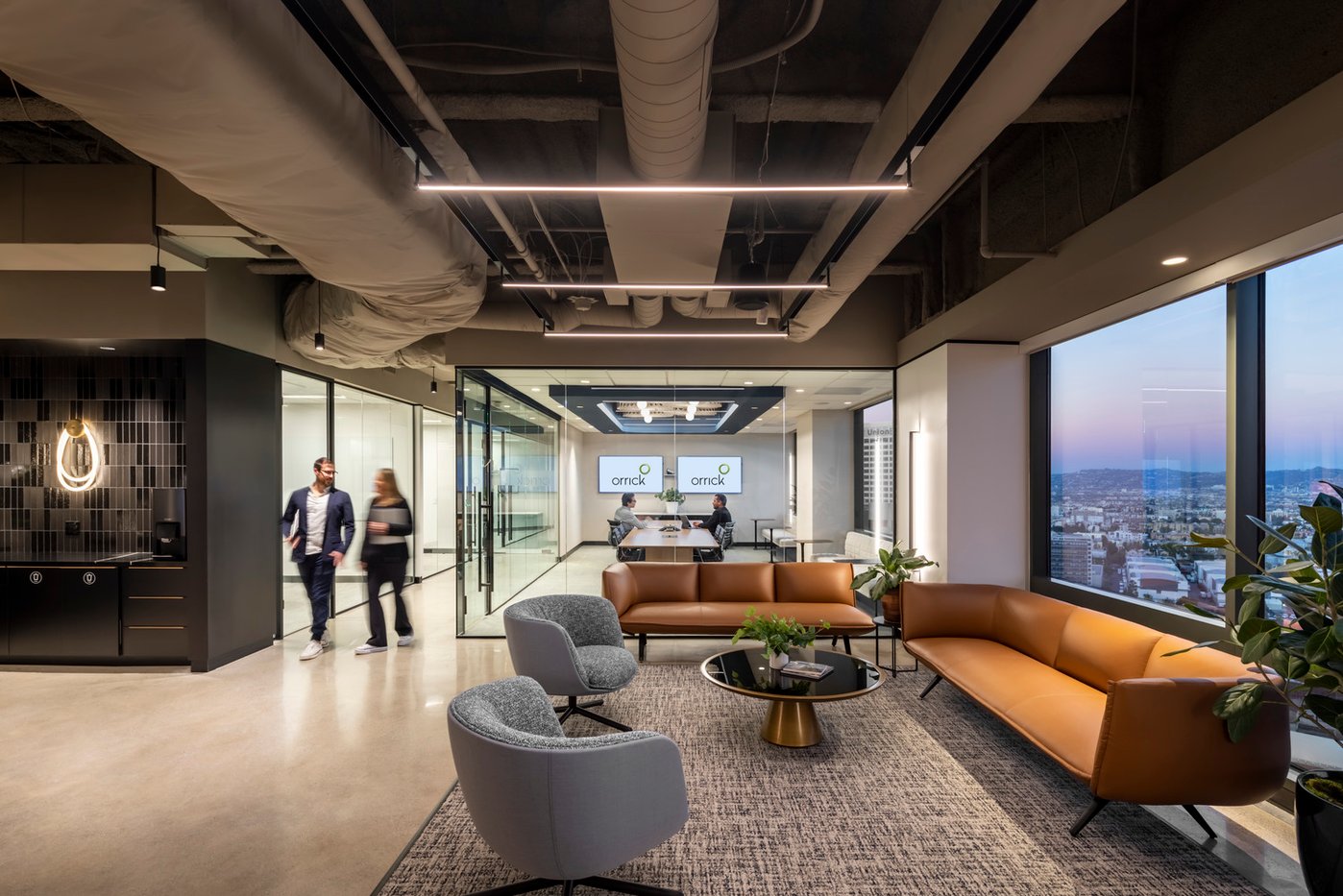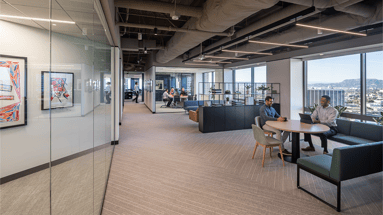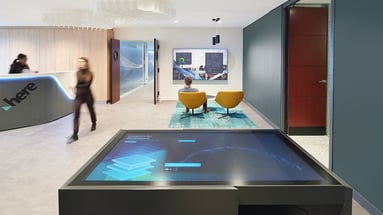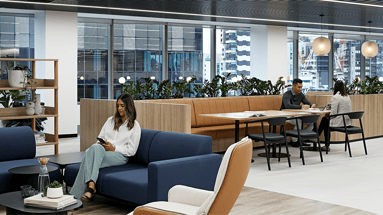Three considerations for re-evaluating your real estate footprint

Your people’s needs have changed, and so must your workplace. Organizations are facing the same questions and challenges about how to create a workplace people want to come into, not have to come into. Albert De Plazaola, Senior Principal, Strategy, Americas shares what business leaders need to consider when exploring different lease options.
1. What are your business priorities?
An effective work environment will support your company’s goals, so when planning your real estate strategy, evaluate your business and where it’s headed. For example, are you a startup or small team that would benefit from networking opportunities to enhance your brand presence? If so, a co-working space, where your people will work alongside other professionals, may be right for you.
Is your goal to bring your employees back to encourage higher productivity while you scale the business? Consider a spec suite: A pre-built workspace equipped with office furniture, fixtures, and accommodations that enable your employees to get work done.
What if you’re a well-established business in need of branded, designated workspaces for collaboration, focus work, and client meetings? A tenant improvement (TI) allowance puts you in control; you’ll design, pay for, and manage your buildout, and your landlord will reimburse you.
2. What are your project objectives and parameters?
When considering your lease options, keep your move-in date and budget in mind. Do you need to move quickly but have limited capital? Spec suites include features that can lower your startup costs and are move-in ready, so your team can get right to work.
If you’re looking for something more tailored that aligns with your business and employee needs, explore a turnkey option. With this solution, you’ll direct the office design and cover any furniture and workplace technology costs, while your landlord will handle bigger materials and construction costs.
If you have additional capital, your deadline is more flexible, and want to make decisions about that buildout, your best bet may be a TI allowance.
3. How much risk can you take on?
Different spaces carry different levels of risk, so consider how much you can take on when re-evaluating your office footprint. For example, small companies that require a low-risk solution may need a co-working space or spec suite, providing flexibility and agility if your employee or business needs change.
If you can take on more risk, a turnkey solution or a TI allowance may be your go-to strategy. Remember, a turnkey solution comes with a longer-term lease, so consider creating a resilient workplace strategy that can adapt. With a TI allowance, you’ll need to be able to tolerate the financial risk of paying for your requirements up front and any additional risks from project delays as your new space is built out.
Increased control, cost certainty, no risk
At Unispace, our design-build approach to workplace strategy, design, and construction delivery provides cost certainty and decreased risk to businesses planning their future office space. Without the trade-offs that define traditional project delivery, we’re creating spaces that bring our clients’ design visions to life and spark brilliance in their people. Learn more about our unique approach.
Interested in learning more about your lease options? Download our new reader: Where to go!
About Albert De Plazaola, Senior Principal, Strategy, Americas
 Based in San Diego, Albert is a strategy consultant with extensive experience in people-centered design and change strategies for private and public institutions. By leveraging design thinking and a user-centric approach, he moves beyond the typical motivations to explore how meaningful change can occur to foster greater organizational responsiveness, adaptability, and innovation.
Based in San Diego, Albert is a strategy consultant with extensive experience in people-centered design and change strategies for private and public institutions. By leveraging design thinking and a user-centric approach, he moves beyond the typical motivations to explore how meaningful change can occur to foster greater organizational responsiveness, adaptability, and innovation.


